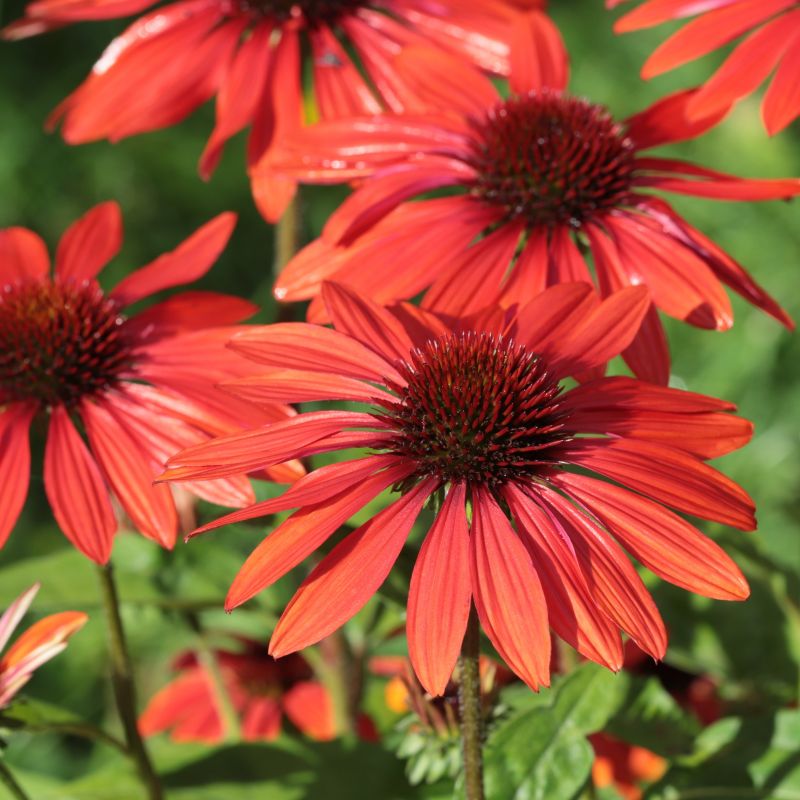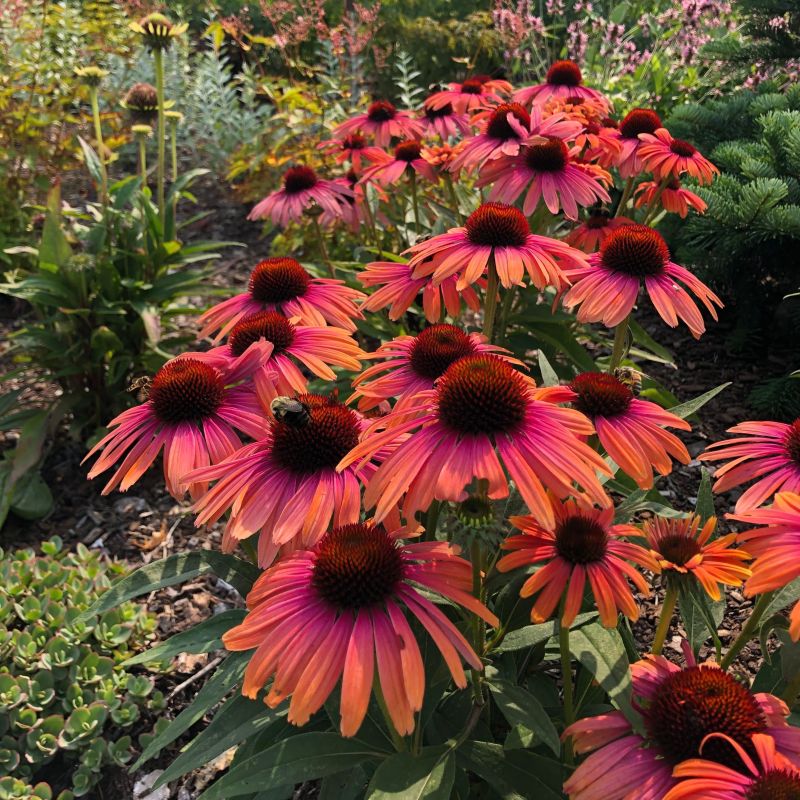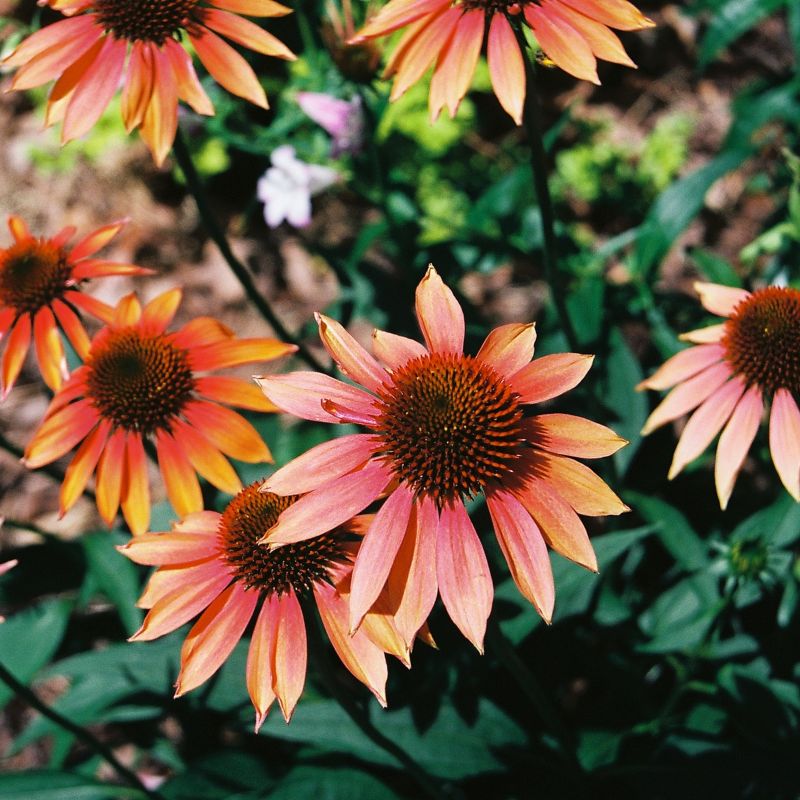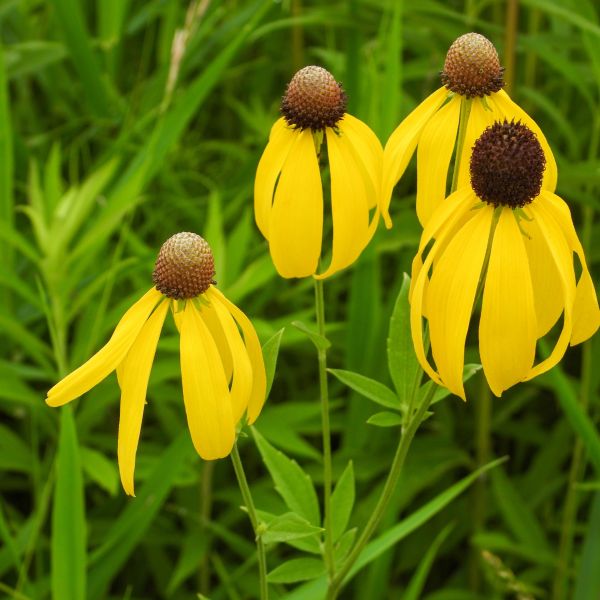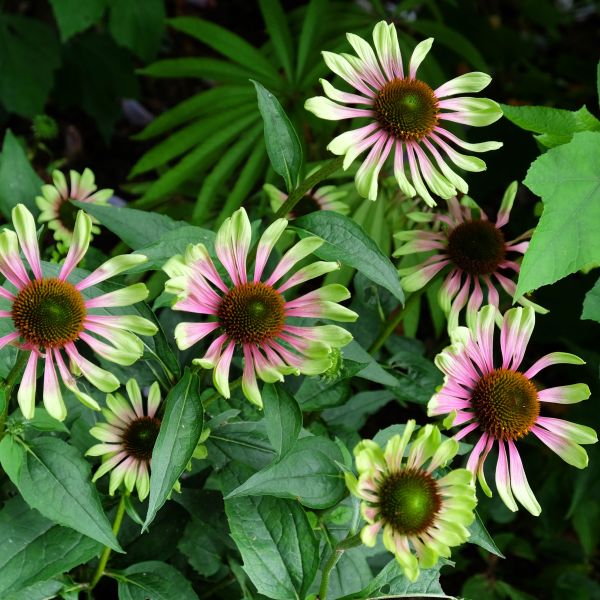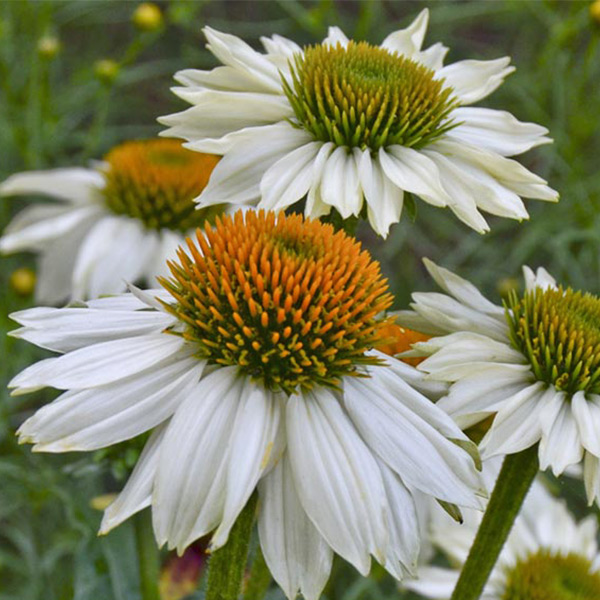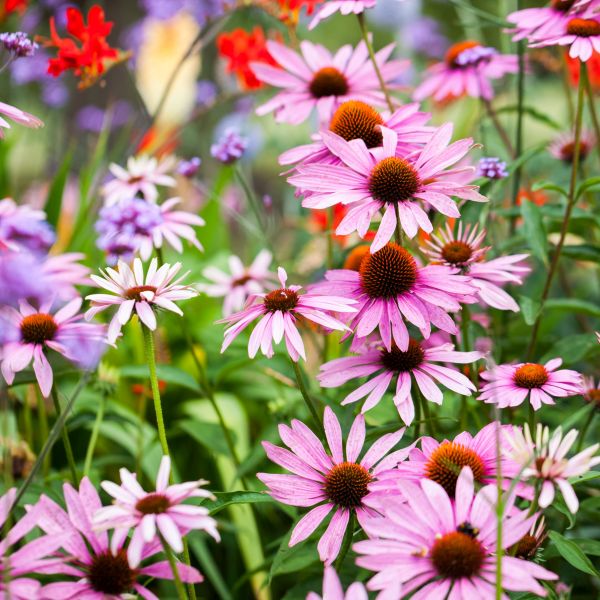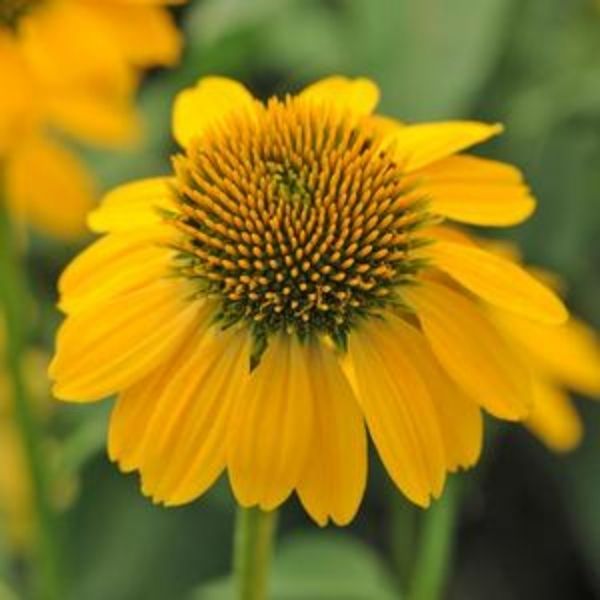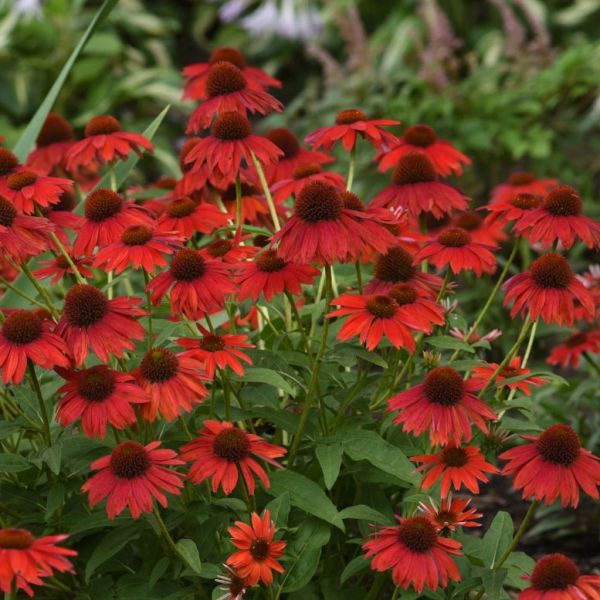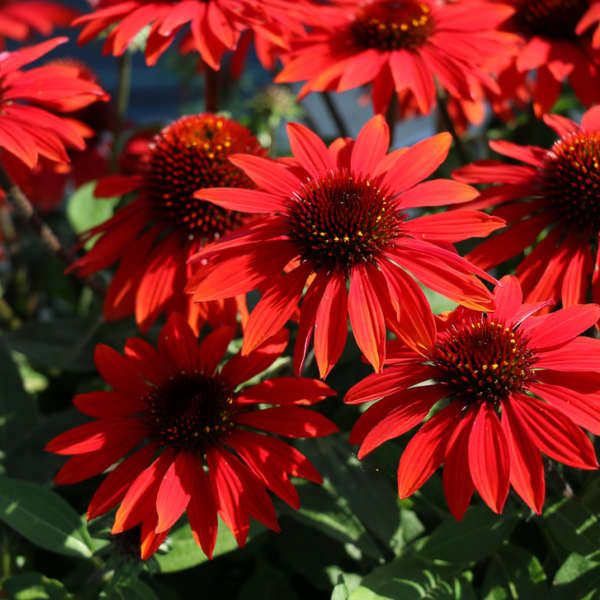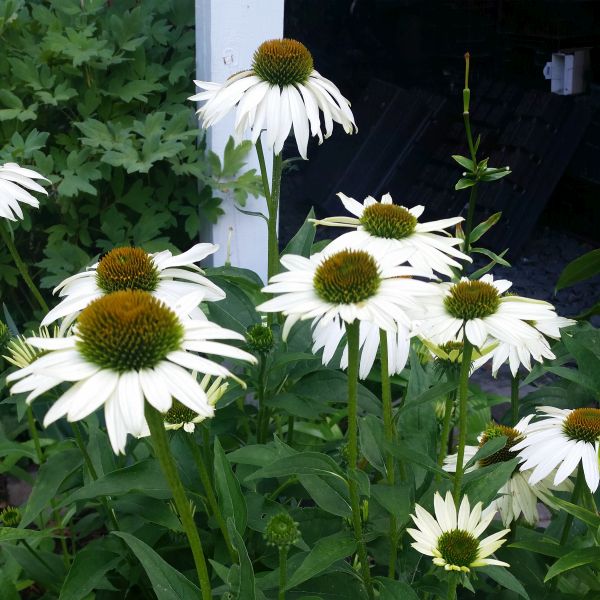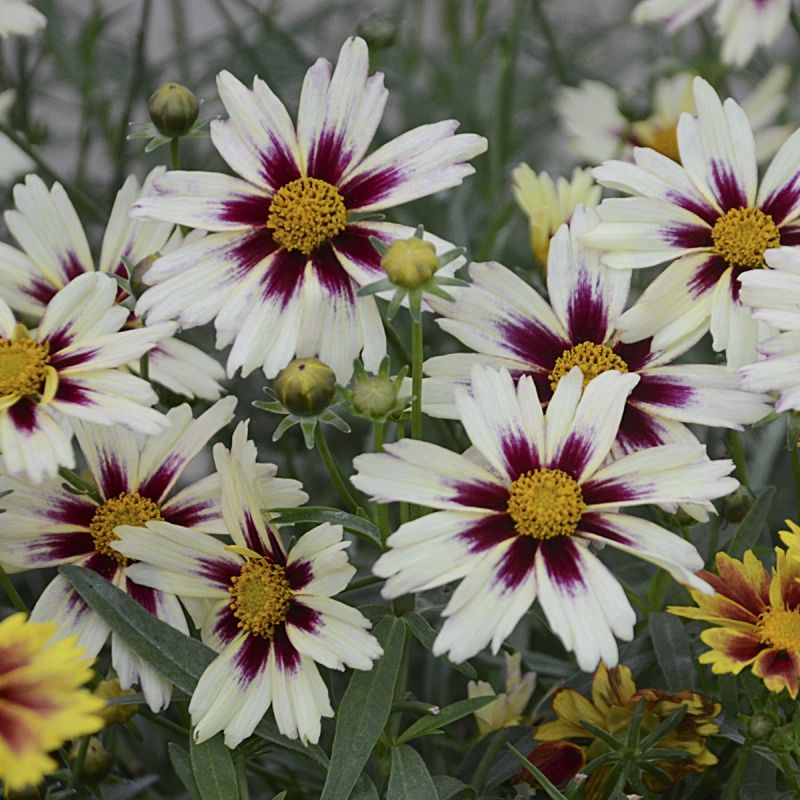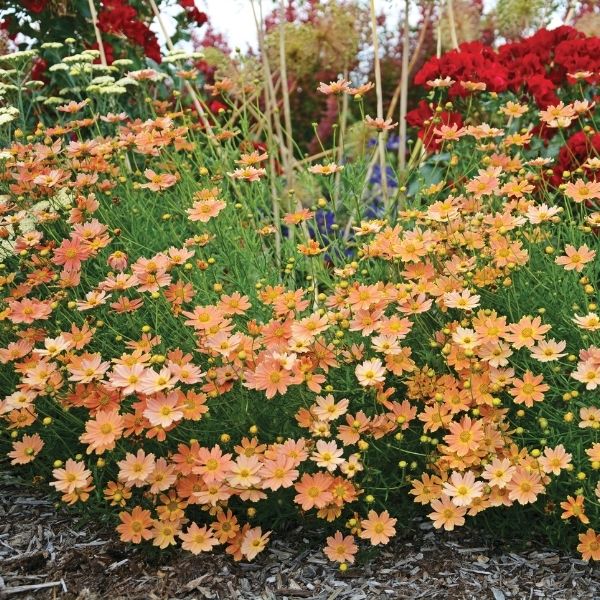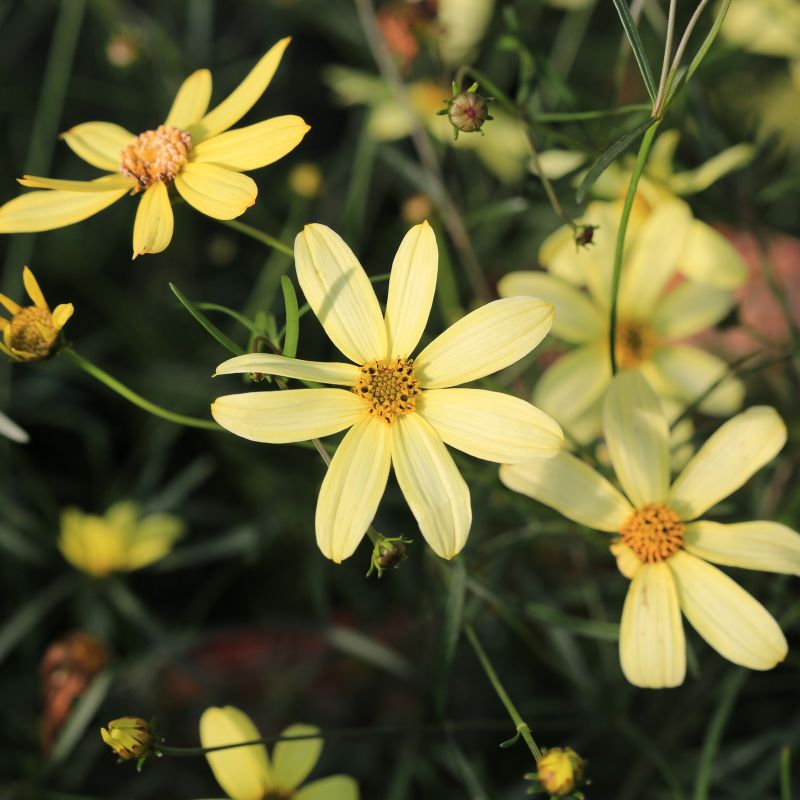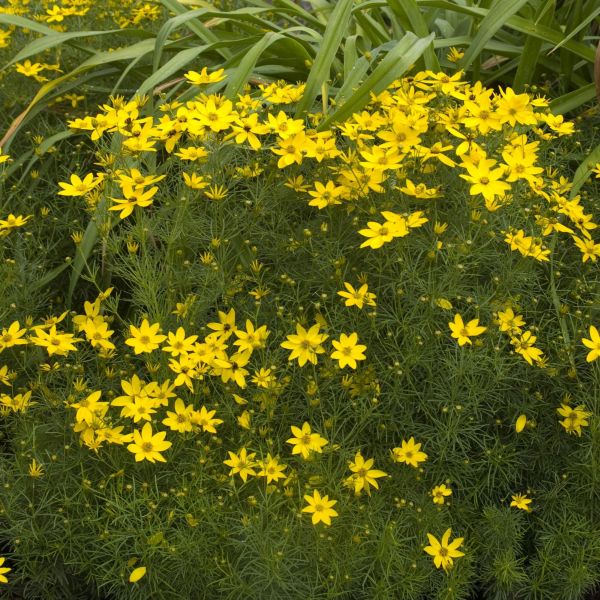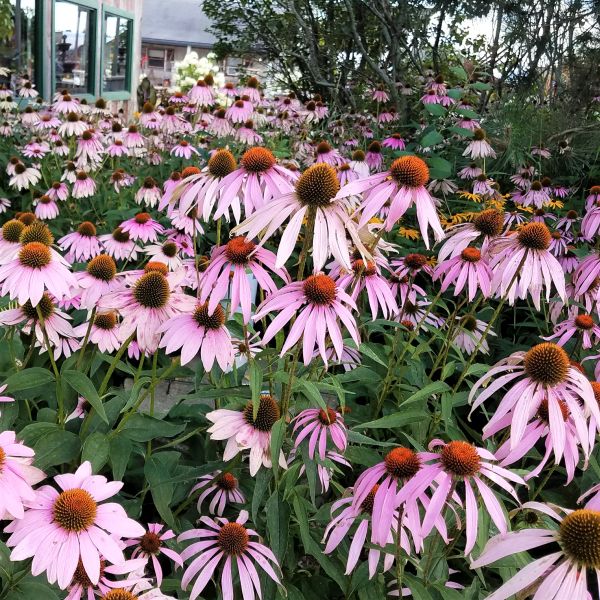
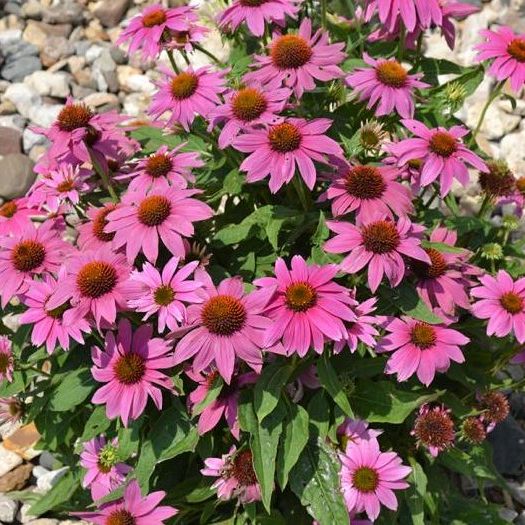
Magnus Purple Coneflower
Echinacea purpurea 'Magnus'
19 reviews
Magnus Purple Coneflower
Echinacea purpurea 'Magnus'
19 reviews
- Large, vibrant purple blooms add a pop of color to any garden
- Drought tolerant and low maintenance once established
- Attracts butterflies, bees, and other pollinators to the garden
- Recommended by landscape designers for optimal fit in real yards
$39.00
$56.00
30% Off
- Ships to 43215 in 3 to 7 days
- Free Shipping Over $150
- Plant Arrival Guarantee
- In Stock
- Free Plant Consult
$200 - Landscape-Approved: Every Plant We Sell Comes With Design Expertise Behind It
1 Gallon
Not just beautiful - intentionally selected by ShrubHub's 3D landscape design team to fit real-world spaces and maximize yard potential.
Why Magnus Purple Coneflower?
Magnus Purple Coneflower is a popular perennial herbaceous plant that is loved by many gardeners for its large, daisy-like flowers that bloom from midsummer to early fall. It is a hardy plant that can thrive in a wide range of conditions, making it a versatile choice for many garden types. Magnus Purple Coneflower is known for attracting pollinators, including bees and butterflies, and is also resistant to many common plant diseases and pests. Its striking blooms are a beautiful addition to any garden.
People who loved this plant also bought
Sunlight
The Magnus Purple Coneflower (Echinacea purpurea 'Magnus') requires full sun exposure to thrive.
Watering
The watering requirement for Magnus Purple Coneflower is moderate. It prefers well-draining soil and should be watered deeply but infrequently, allowing the topsoil to dry out between waterings. Overwatering can lead to root rot and other issues.
Fertilizing
The fertilizer requirement for Magnus Purple Coneflower may vary, but generally, a balanced slow-release fertilizer with a higher phosphorus content is recommended.
Experience the Majestic Beauty of Magnus Purple Coneflower - Elevate your Garden with Flourishing Elegance!
Are you searching for a perennial flower that will effortlessly enhance the beauty of your garden? Look no further than the breathtaking Magnus Purple Coneflower. This magnificent perennial plant, known as Echinacea purpurea Magnus, boasts vibrant, purple daisy-like flowers that add a touch of elegance and allure to any outdoor space. With its captivating color and graceful form, the Magnus Purple Coneflower is sure to leave a lasting impression on all who behold it.
Prepare to be enchanted by the stunning purple blooms of the Magnus Purple Coneflower. Each flower is a testament to the plant's beauty and elegance, infusing your garden with a pop of vibrant color. Whether as a focal point or mixed with other flowers, these vivid purple blossoms will create a stunning visual display that is sure to impress.
Don't settle for short-lived blooms! The Magnus Purple Coneflower offers an extended blooming period, ensuring a continuous display of color throughout the summer months. From early summer to early fall, watch as this perennial beauty produces wave after wave of flowers, delighting all who behold it.
Tired of high-maintenance plants? The Magnus Purple Coneflower is here to save the day. This resilient perennial requires minimal care and is deer-resistant. It can also survive the coldest winter temperature expected, as low as -15 F. With its excellent tolerance to drought and its ability to withstand various soil conditions, this plant is sure to thrive and impress with minimal effort on your part.
Attract the delightful presence of butterflies and bees to your garden by adding the Magnus Purple Coneflower. The vibrant purple blooms act as a natural lure for these fascinating creatures, creating a magical and buzzing ambiance in your garden. Enjoy the beauty and harmony of nature as butterflies and bees flutter from flower to flower, enhancing the enchantment of your outdoor space.
Whether you're looking to create a stunning border, add color to your flower beds, or brighten up your patio, the Magnus Purple Coneflower offers endless design possibilities. Its upright growth habit makes it perfect for creating height and structure in your garden, while its compact size makes it suitable for containers. Let your creativity flourish and make a statement with this versatile and stunning plant.
The Magnus Purple Coneflower is not just a plant; it is a symbol of elegance and natural beauty. Its vibrant purple blooms, extended blooming period, and low-maintenance nature make it an irresistible choice for any garden enthusiast. Elevate your garden to new heights with the majestic allure of the Magnus Purple Coneflower!
Order your own Magnus Purple Coneflower today and unleash the beauty of this gorgeous plant in your garden!
Plant Information:
| Botanical Name: | Echinacea purpurea 'Magnus' |
| USDA Zones: | 3 - 8 |
| Water: | Low Once Established |
| Exposure: | Full Sun |
| Soil Needs: | Well Drained |
| Mature Height: | 2 - 4 feet |
| Mature Spread: | 18 - 24 inches |







Pollination Info
Pollination Information for Magnus Purple Coneflower (Echinacea purpurea 'Magnus')
Magnus Purple Coneflower is a popular choice for home gardens due to its showy blooms and drought-resistant properties. Pollination is critical to the plant's reproduction and seed production. Here are some key pollination facts for Magnus Purple Coneflower:
Pollinator Type
Magnus Purple Coneflower is best pollinated by bees, butterflies, and other insects.
Pollination Method
The pollination process for Magnus Purple Coneflower is simple. Pollen is transferred from the male parts (anthers) to the female parts (stigma) of the flower by the visiting pollinators. This process can occur through self-pollination or cross-pollination.
Flowering Time
Magnus Purple Coneflower blooms from mid-summer to early fall, typically from July to September in North America. During this time, the flowers provide an excellent source of nectar and pollen for insects.
Attracting Pollinators
To attract pollinators to your Magnus Purple Coneflower, consider planting it in a sunny location and avoiding the use of pesticides. Providing a source of water nearby can also help attract pollinators. Additionally, planting companion plants that offer nectar and pollen can encourage pollinators to visit your garden.
Benefits of Pollination
Pollination is essential for Magnus Purple Coneflower to produce seeds. Additionally, it enhances the plant's genetic diversity, contributing to its long-term survival and adaptability. Pollination also benefits the surrounding ecosystem by providing food and habitat for pollinators.
FAQ
Magnus Purple Coneflower (Echinacea purpurea 'Magnus') FAQ
What is Magnus Purple Coneflower?
Magnus Purple Coneflower is a cultivar of the Echinacea purpurea species of flowering plants that is noted for its large, bright pinkish-purple flowers. It is native to North America and is commonly grown as an ornamental plant in gardens and landscapes.
What is the ideal growing condition for Magnus Purple Coneflower?
Magnus Purple Coneflower prefers full sun to partial shade and well-drained soil. It is drought tolerant once established, but will benefit from regular watering. It is also tolerant of various soil types and pH levels, making it a versatile plant for most gardens.
When should I plant Magnus Purple Coneflower?
Magnus Purple Coneflower can be planted in the spring or fall, depending on your location and climate. In colder regions, it is best to plant in the spring to allow the plant enough time to establish itself before winter. In warmer regions, it can be planted in the fall for cooler weather and more moderate temperatures during the growing season.
How do I care for Magnus Purple Coneflower?
Magnus Purple Coneflower requires minimal care once established. It should be deadheaded regularly to encourage continued blooming and prevent seed development, which can lead to overcrowding. Fertilization is also optional, but may help improve plant growth and blooming. It is important to avoid overwatering, as this can lead to root rot and other problems.
How do I propagate Magnus Purple Coneflower?
Magnus Purple Coneflower can be propagated through division in the spring or early fall. To do this, dig up the plant and cut it into sections, each with at least one shoot and root system. Replant the sections in well-draining soil and keep moist until established.
Is Magnus Purple Coneflower susceptible to any diseases or pests?
Magnus Purple Coneflower is generally disease and pest resistant, but may be susceptible to some fungal diseases such as powdery mildew. This can be prevented by providing good air circulation and avoiding overhead watering. Additionally, insect pests such as aphids and spider mites may occasionally infest the plant, but can be controlled with insecticidal soap or other approved insecticides.
Planting & Care
Planting & Care for Magnus Purple Coneflower (Echinacea purpurea 'Magnus')
Planting
- Choose a location with well-drained soil and full sun to light shade (at least 6 hours of direct sunlight per day).
- Plant in the spring or fall, spacing plants about 18-24 inches apart.
- Dig a hole slightly larger than the root ball and loosen the soil at the bottom.
- Place the plant in the hole, making sure the top of the root ball is level with the soil surface.
- Fill the hole with soil and press firmly around the base of the plant.
- Water thoroughly after planting.
Care
- Water regularly, especially during the first growing season, to keep soil evenly moist but not waterlogged.
- After the first year, reduce watering and let the soil dry out slightly between waterings.
- Fertilize once a year in early spring with a balanced fertilizer (10-10-10).
- Deadhead spent flowers to encourage more blooms and prevent self-seeding.
- Prune back foliage in the fall to prevent disease and pest problems.
- Divide every 3-4 years in the spring to rejuvenate the plant and prevent overcrowding.
- Monitor for pests and diseases, and treat as needed with organic or chemical pesticides or fungicides.
Check Out These Verified Customer Reviews:
Customer Reviews
4.7 out of 5 based on 19 reviews
Thank you! Your review has been submitted.
Love the website experience
Healthy and sturdy plant
The Magnus Purple Coneflower is stunning! The colors are vibrant and the flowers are healthy. I highly recommend this product.
Item has been added to your cart.



